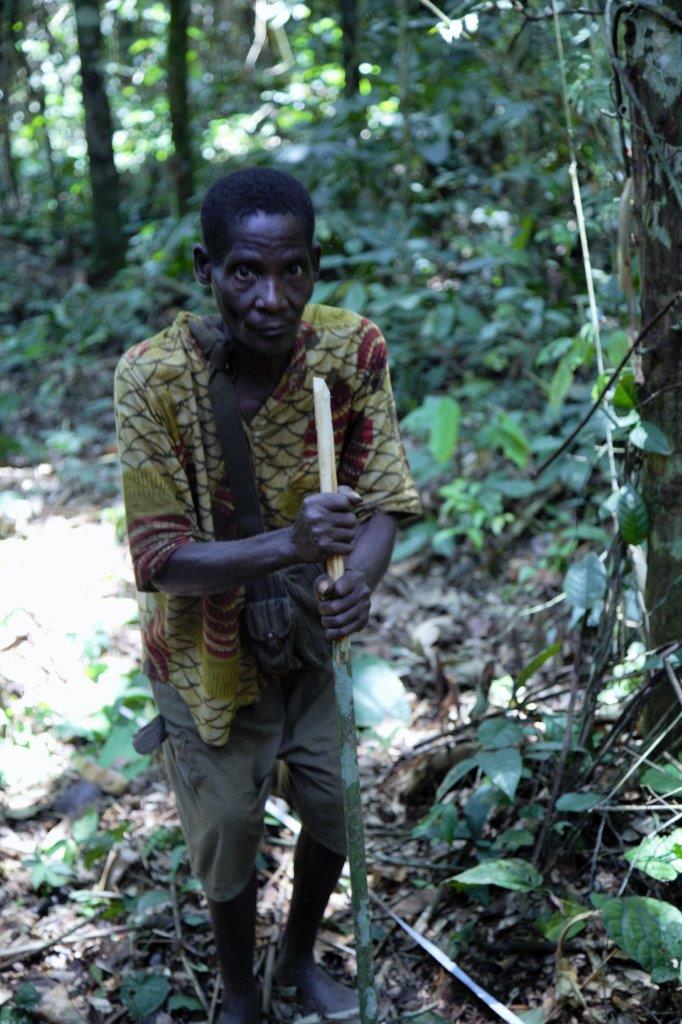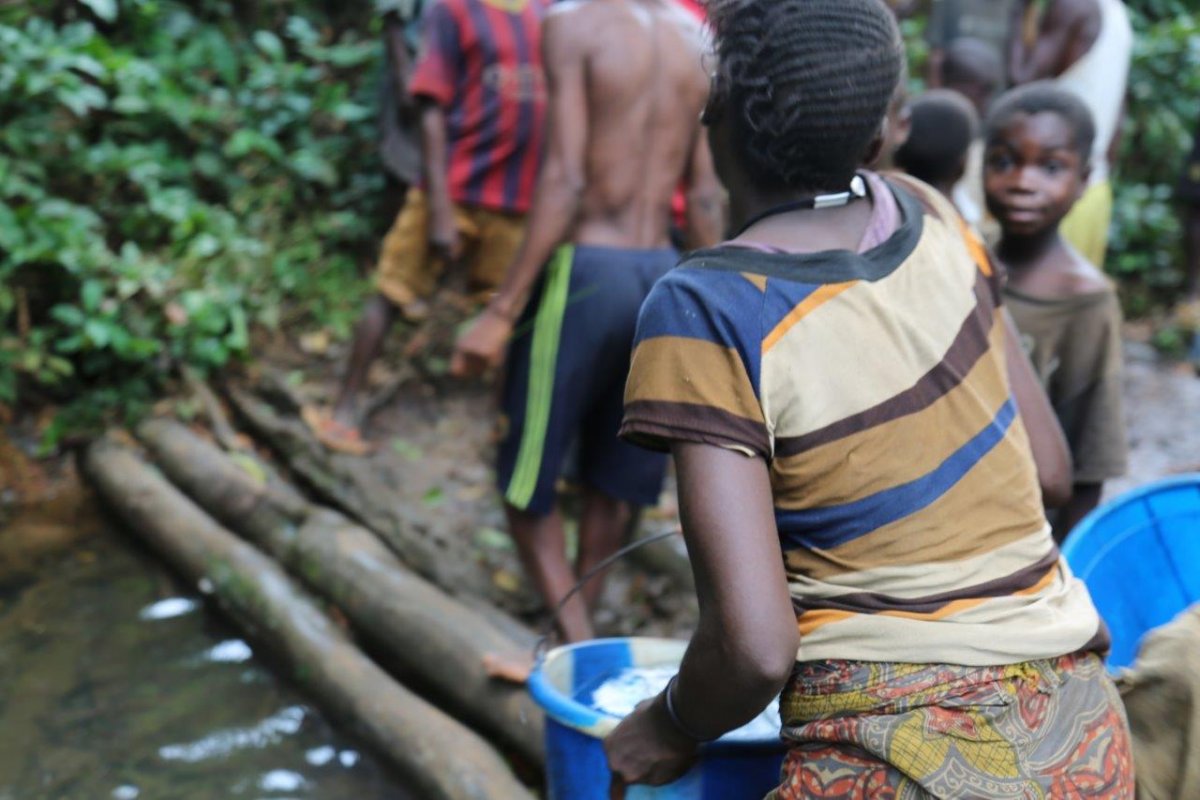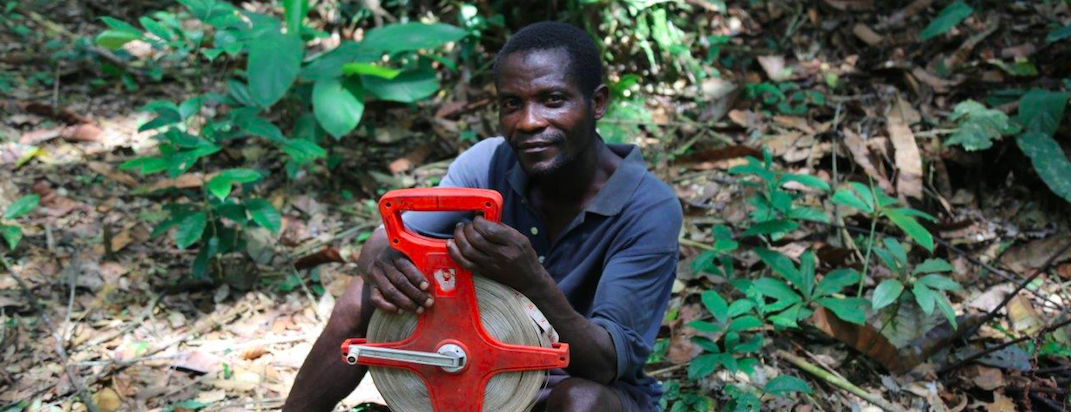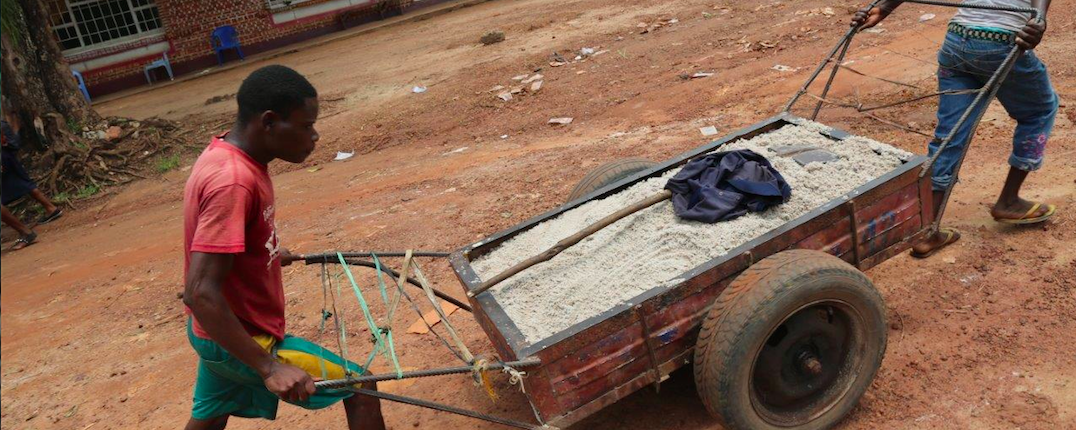5 August 2020 - The Democratic Republic of the Congo (DRC) has an exceptional abundance of natural resources, and yet it remains one of the poorest countries in the world, ranking 179 out of 189 in the 2019 Human Development Index[1]. Climate change is one of the many challenges the country faces. The DRC already experiences impacts such as persistent heat waves, land degradation, flooding and increasingly erratic rainfall patterns during the wet season[2]. These impacts will only worsen over the coming decades as temperatures rise, as many communities are dependent on the agriculture sector which accounts for 65 percent of the formal workforce [3].
In 2018, the DRC’s Ministry of the Environment and Sustainable Development launched a project for the Planning for medium-term investment for adaptation in climate-sensitive sectors in the Democratic Republic of Congo: advancing the National Adaptation Plan (NAP). This Readiness programme – funded by the Green Climate Fund (GCF) and implemented with support from UNDP – provides resources for preparatory activities and technical assistance to build the DRC’s capacity to adapt to climate change.
A portion of this project focuses on indigenous peoples and how they cope with climate change-induced alterations in their environment. While indigenous peoples embrace a rich array of cultures and are defined by the principal of self-identification, according to the African Commission on Human and Peoples’ Rights, indigenous peoples typically live in remote areas, strongly depend on access to lands and resources, and are socially marginalized[4]. The Readiness programme funded a set of studies to better understand how indigenous communities are impacted by climate change and to ensure the land and resources they live off can support them through a changing climate.
Land degradation increases poverty
 Many indigenous peoples around the world and in the DRC are particularly vulnerable to the adverse effects of climate change due to their lifestyles. The estimated 660,000 indigenous peoples in the DRC[5] are spread across almost all provinces where they traditionally live on hunting, gathering, fishing and pastoralism.
Many indigenous peoples around the world and in the DRC are particularly vulnerable to the adverse effects of climate change due to their lifestyles. The estimated 660,000 indigenous peoples in the DRC[5] are spread across almost all provinces where they traditionally live on hunting, gathering, fishing and pastoralism.
According to the studies conducted under the Readiness programme, drought and heat waves trigger poverty among these communities. The high temperatures turn forests and arable lands into savannah, causing households to become food insecure. Natural resources (spring water, fruits, roots, tubers, firewood or medicinal plants) become less abundant and agricultural production suffers from low returns due to the degradation of lands and subsequent poor quality of products.
As a result, nomadism is more frequent among indigenous groups. Although many clans have been semi-nomadic for a long time, adopting a more itinerant lifestyle complicates the process for land recognition and increases the potential for conflict with other local communities.
In addition to producing and disseminating data on this under-researched issue in the DRC, the Readiness programme will contribute to the revision of the National Investment Plan for Agriculture (PNIA) and the National Climate Change Policy, Strategy and Action Plan (PSPA-CC) to include indigenous peoples’ considerations.
Women are more impacted
The study also revealed the effects of climate change on indigenous women. After conducting interviews with ten groups from two provinces (Tshopo and Haut-Katanga), a number of gender-segregated tasks were identified within the indigenous groups. It showed that men were responsible for hunting and fishing, while women usually transport water and collect most of the natural resources.

Due to the difficulty of accessing needed materials, women are forced to walk longer distances for retrieving drinking water, firewood and non-timber forest products. Walking up to three hours straight can be gruelling and time consuming for women who still have to perform domestic tasks at home. In addition, long ventures away from the village can create an unsafe environment for women.
These findings echo the testimonies collected by the NGO Solidarity for the Advancement of Indigenous Women (SPFA) in 2017: “We have to walk for three hours crossing clearing, swamps and streams through waist-deep water just to reach our fields. Days become exhausting for women” [6] explained an indigenous women from Momboyo in Equateur Province. As depicted in the article Guardians of the forest, the SPFA has implemented community initiatives to regenerate the forest with UNDP support and funding from the Community-based UN REDD+ programme.
It should also be mentioned that women rarely attend village meetings because they do not have the right to speak. As a result, they miss important climate information and are more vulnerable to natural hazards. Furthermore, if women were included in decision making processes, their particular knowledge and perspectives could be leveraged for the good of the community.
The gender dimension of the studies was discussed in a meeting organised by the Readiness programme with representatives from indigenous, women and environmental organisations as well as from various ministries. It was agreed that measures should be taken to address these issues in the long term. For that purpose, the Readiness programme funded the drafting of a methodological guide to promote gender in future adaptation programmes and an action plan to improve the resilience of indigenous women to climate change by 2025.
Community-driven solutions
Many practical solutions to adapt to climate change exist within indigenous communities. Some have the potential to be scaled up. If indigenous groups are able to transition towards sedentary lifestyles and develop crop diversity, then their agriculture can be more resilient to weather extremes, while ensuring nutritional security and dietary variety.
Implementing reforestation projects together with indigenous peoples can also make a difference. Not only will replanting trees reduce the risk of soil erosion and preserve the ecosystems, but it will also provide job opportunities for indigenous peoples and sensitize reforestation companies about their rights.
Finally, it is important that indigenous peoples are informed about the severe impacts of climate change. With better knowledge and information about climate change, indigenous peoples would have the opportunity to endorse long-term adaptation solutions. Perhaps, they can even develop their own way of adjusting to climate change, combining scientific data with traditional understanding of their natural surroundings.
UNDP aims to put communities and people at the heart of its work to support resilience building in the DRC. This is achieved through supporting people, especially women and children, become more resilient to external shocks while also ensuring that no one is left behind as a result of interventions designed to strengthen resilience to climate impacts, such as coastal erosion.

Indigenous woman from Momboyo in Equateur Province in the west of the Democratic Republic of Congo. ©UNDP DRC/Marc Ngwanza

Indigenous man from Momboyo in Equateur Province in the west of the Democratic Republic of Congo. ©UNDP DRC/Marc Ngwanza

The Pygmies derive their livelihood mainly from hunting and harvesting in the forest. ©UNDP DRC/Marc Ngwanza

The (Indigenous) Pygmy community of Momboyo in the west of the Democratic Republic of the Congo. ©UNDP DRC/Marc Ngwanza

In the villages, the Pygmies work for the Bantu populations but their livelihood is sourced from the forests. ©UNDP DRC/Marc Ngwanza
********
Story by Thibault Le Pivain, Project Support Officer in Climate Change Adaptation, UNDP with support from Melanie Pisano, Climate Change Communication Specialists and Louis Nunes Da Costa, Communications Specalist, UNDP.
********
[1] UNDP. 2019. Human Development Index Ranking. Available at: http://hdr.undp.org/en/content/2019-human-development-index-ranking.
[2] Ministère de l’Environnement et Développement Durable. 2015. Troisième Communication Nationale à la Convention Cadre sur le Changement Climatique. Available at at: https://unfccc.int/sites/default/files/resource/codnc3_french.pdf.
[3]ILO. 2019. Employment in Agriculture (% of total employment). Available at: https://data.worldbank.org/indicator/SL.AGR.EMPL.ZS?locations=CD.
[4] Commission africaine des droits de l’homme et des peuples. 2005. Rapport du groupe de travail d’experts de la commission africaine des droits de l’homme et des peuples sur les populations/communautés autochtones. Available at : https://www.iwgia.org/images/publications//African_Commission_book_French.pdf.
[5] The World Bank. 2009. Democratic Republic of Congo Strategic Framework for the Preparation of a Pygmy Development Program. Available at : http://documents.worldbank.org/curated/en/327611468235752303/pdf/511080ESW0P1131Strategy0Egl0version.pdf.
[6] Marc Ngwanza, interview with the SFPA coordinator, 2017.

